Lessons Learnt
Pode Judicial de Costa Rica - Costa Rica
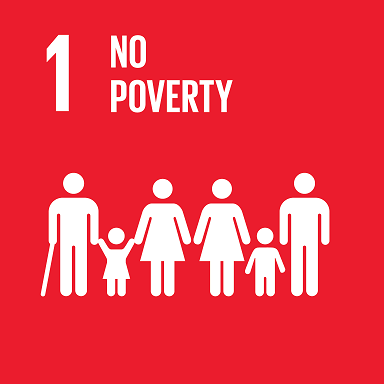
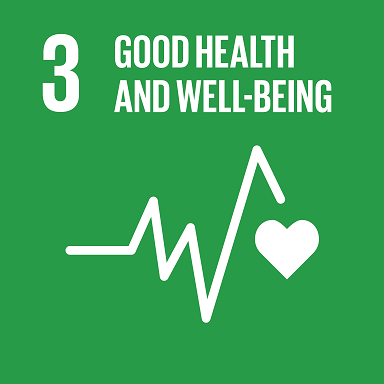
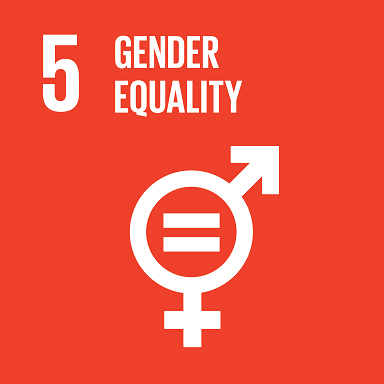
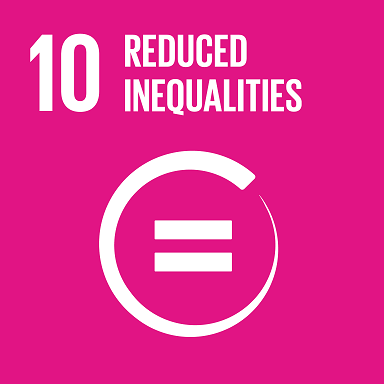
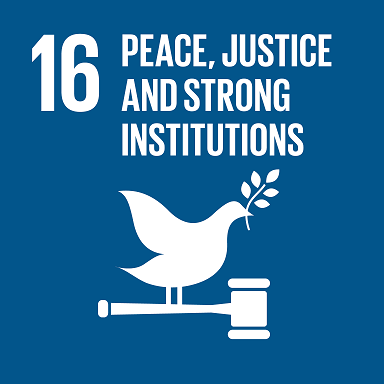

Promoting the coordination and the involvement of all State bodies with competence in the project and in development cooperation
Description of the action that gave rise to the learning:
The proposed management modality implied establishing inter-institutional coordination mechanisms, which are necessary for appropriate administrative and financial management. Due to its own characteristics and to its lack of experience with this modality, the coordinating entity did not have these mechanisms. However, the project has been able to create and improve them, making the best use of them for proper implementation.
In order to incorporate the project's financial resources into the Costa Rican Judicial Branch's bank account, it was essential to go through an approval process at the country's Legislative Assembly level, for which a series of steps had to be taken towards various state entities. The project's coordination had to establish the relevant communication and cooperation channels to ensure that these approvals took place and that the resources were made available.
These mechanisms, which were gradually created, were developed and consolidated for these and other purposes throughout the project's lifetime.
Experience gained:
It is not enough to know the procedures of international cooperation and those of the actors involved; it is also key to foresee and establish inter-institutional and state coordination mechanisms that enable efficient management.
Impacts:
Foreseeing these mechanisms for coordination makes it possible to:
- Manage in a more efficient and effective way Triangular Cooperation programmes and projects.
- Foster interest and commitment among State institutions to development cooperation and Triangular Cooperation.
- Strengthen the capacities of State institutions for planning, coordination, organisation and inter-institutional dialogue.
The added value of Triangular Cooperation: (more information here)
1. Building ownership and trust.
2. Promoting complementarity and increasing coordination in development cooperation.
3. Sharing knowledge and learning jointly.
4. Co-creating solutions and flexibility.
5. Enhancing the volume, scope and sustainability of Triangular Cooperation
6. Achieving global and regional development goals through strengthened partnerships for sustainable development.




